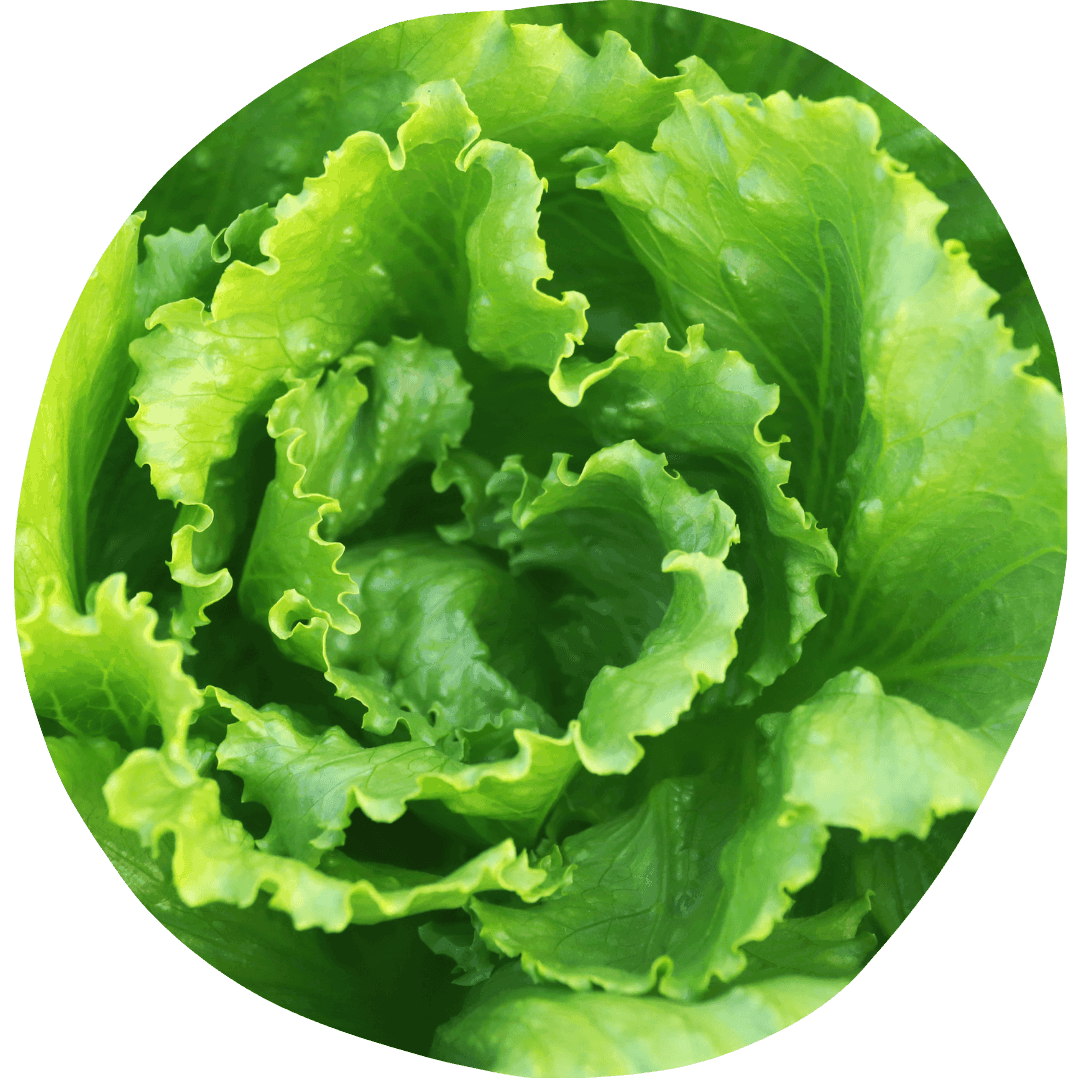How to Grow Lettuce
Growing Conditions
Lettuce is a fast-growing, hardy crop that needs light, loose soil and part to full sun. It's easy to grow and thrives in most locations as long as it receives around 6 hours of light per day. As a cool season crop, lettuce does best in the spring and fall and will bolt and wilt in hot summer temperatures.
Starting
Lettuce can be direct sown outdoors as soon as the ground can be worked in the spring (typically 2-4 weeks before your last frost date). If you prefer it can be started indoors about a month before the last frost and transplanted out after hardening off. Sow your lettuce at multiple intervals for successional harvests. It's also a great vegetable to grow in containers! Plant a second round of lettuce in the late summer for a fall harvest. Sow your seeds around 1/8-1/4" deep and space plants depending on variety - refer to your seed packet! Rows should be spaced about 1' apart.
Find our full guide to seed starting here.

Care
Lettuce is a low maintenance crop that requires little extra care throughout the growing season. It may be fertilized with a nitrogen-rich fertilizer, especially if leaves begin to look pale or yellow. Lettuce requires about one inch of water per week and may require supplemental watering during dry spells in the summer. Row covers and/or mulch can help retain moisture in the soil during hot weather. Warm temperatures will cause lettuce to bolt, forming a flowering stem and turning bitter. Provide extra shade and water to delay bolting, and time your planting to avoid the hottest weeks of summer. Keep your beds well weeded throughout the growing season.
Pests and Diseases
Aphids - Small green, black, or brown insects that feed on the sap of garden plants. You'll find them under leaves, at blossom tips, and in the joints of stems.
Cutworms - Small caterpillars that chew through stems. Look for damage to the plant at ground level.
Earwigs - Crawling insects that leave holes in leaves and are active at night.
Slugs and Snails - Common garden pests that feed after dark, leaving large patches of damage.
Powdery Mildew - White mildew on the top surfaces of leaves, starting as small spots and growing to cover the entire leaf.
Crop rotation, garden cleaning, and proper spacing between plants are the best ways to prevent problems caused by pests and diseases. Diatomaceous earth can be used to control crawling pest species, while sticky traps will catch flying pests. Row covers and insect netting can also prevent travelling pests from landing on your crops and causing damage. Ensure good drainage in your chosen planting spot to prevent problems with fungus and rot. Contact us for more specialized pest control methods such as beneficial nematodes.
Harvest
Most lettuce reaches maturity in 40-60 days, though romaine and crisphead varieties may take up to 100 days. Looseleaf and butterhead lettuces may be harvested early at the baby leaf stage. The outer leaves of looseleaf lettuce may be harvested, leaving the rest of the plant to continue growing. Head lettuces can be harvested by digging up or cutting the stem of the whole plant. Store lettuce in the refrigerator and soak in cold water to revive wilted leaves.

